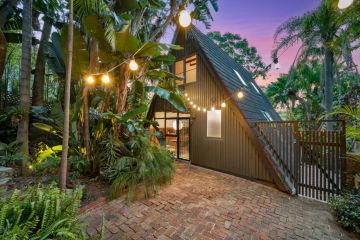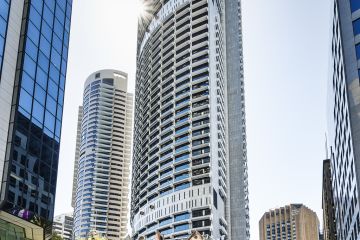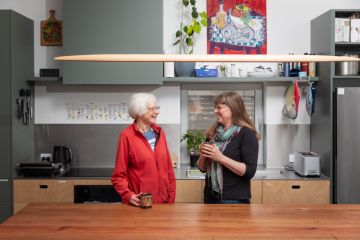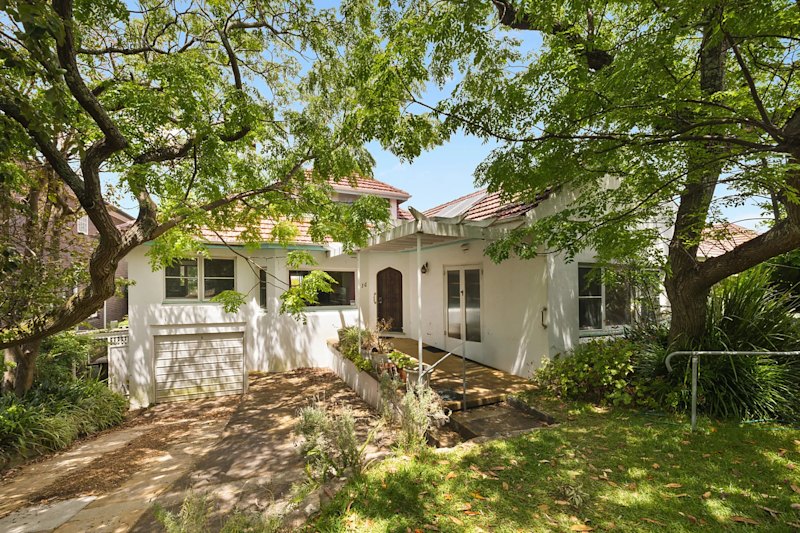Greening your space: Plant trends and tips
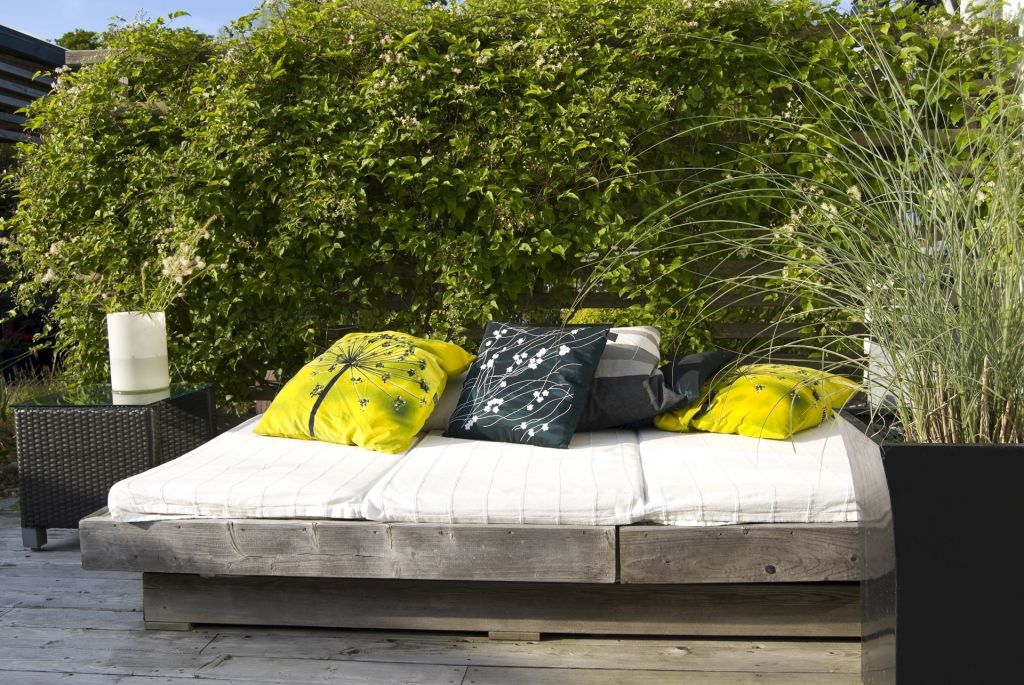
Plants are nature’s own architectural masterpieces. But their inclusion in interior and outdoor home design often gets overlooked. Landscape designer and editor of The Planthunter, Georgina Reid, says plants should be integrated into all design projects. But where do you start? Here are seven on-trend ways to merge plants with home design.
1. Hanging plants
Hanging plants are a great way of incorporating greenery into smaller indoor and outdoor spaces. They effectively introduce a greater variety of visual textures into a scene and provide a soft, comforting feel.
- Select plants that are easy to look after, work best for the space where you are displaying them and suit the amount of natural light and moisture available. Reid suggests geraniums. “They are cheap, easy to grow and so wonderful,” Reid says.
- Plants should be large enough to spill over the basket and curve when they fall. Rhipsalis Baccifera, also known as the mistletoe cactus, is a popular succulent that’s a hardy hanging plant. Reid also recommends Epipremnum Aureum (commonly called Devil’s Ivy or Golden Pothos).
- Be creative with your choice of hanging basket: you can use woven fabrics that stretch, a wicker basket or something totally left-field that works.
2. The cluster look
Plants are carefully crafted items of design, so draw attention to the greenery in the room by creating a plant cluster.
Use a minimum of three plants. Group plants with contrasting colours, textures and forms, and place the cluster in an eye-catching location.
3. Wall mounted plants
Air plants are the way to go because they are rootless and absorb nutrients through their leaves.
“Staghorns are probably the most popular in homes because they have an exotic appearance and are easy to grow. Hang them where they won’t get in anyone’s way. They need shade and moisture.”
4. Climbers
Climbing plants for walls and fences are brilliant for covering unattractive indoor and outdoor spaces and softening hard-looking materials. And, as they grow, they’ll disguise your storage shed and create shields of privacy.
“You can get laser metal screens cut and attached to a wall to grow plants through. That will create a very evocative design feature.”
5. The feature plant
Plants are naturally designed to look beautiful so why not flaunt their features? Reid explains that a carefully selected, interesting plant can become the centerpiece of a room. “Select a plant that has a sculptural look and make it a stand-alone design feature.”
Try a Japanese Maple, Cardboard Palm or Fan Aloe. But whatever you choose, ensure your plant works with the colour scheme, the available space and the conditions of the area you are designing.
“You should also consider the plant-pot relationship. An old antique pot with one big, feature plant in it, placed against a wall, is often enough to bring out a room.”
6. A jungle
When in doubt, mix it all about. “Why not go overboard and create a jungle?” she advises. “Literally fill up the space with a mix of everything: hanging plants, mounted Staghorns and huge palms.”
7. Bespoke plant solutions
Consider the space problems you need to solve and look to a bespoke design solution using a plant or tree.
For example, Reid explains, you might need to create a shady spot outside. “If you have a timber bench with a space cut out-of the seat, I’d suggest planting a tree to come up through the hole and out of the timber. The tree would look beautiful in shape and form, and provide shade.”
“Plants are the most amazing form of architecture. They are phenomenal in terms of beauty and considered natural design. You really can’t surpass them.”
Image credit: Daniel Shipp
We recommend
We thought you might like
States
Capital Cities
Capital Cities - Rentals
Popular Areas
Allhomes
More
- © 2025, CoStar Group Inc.



